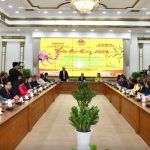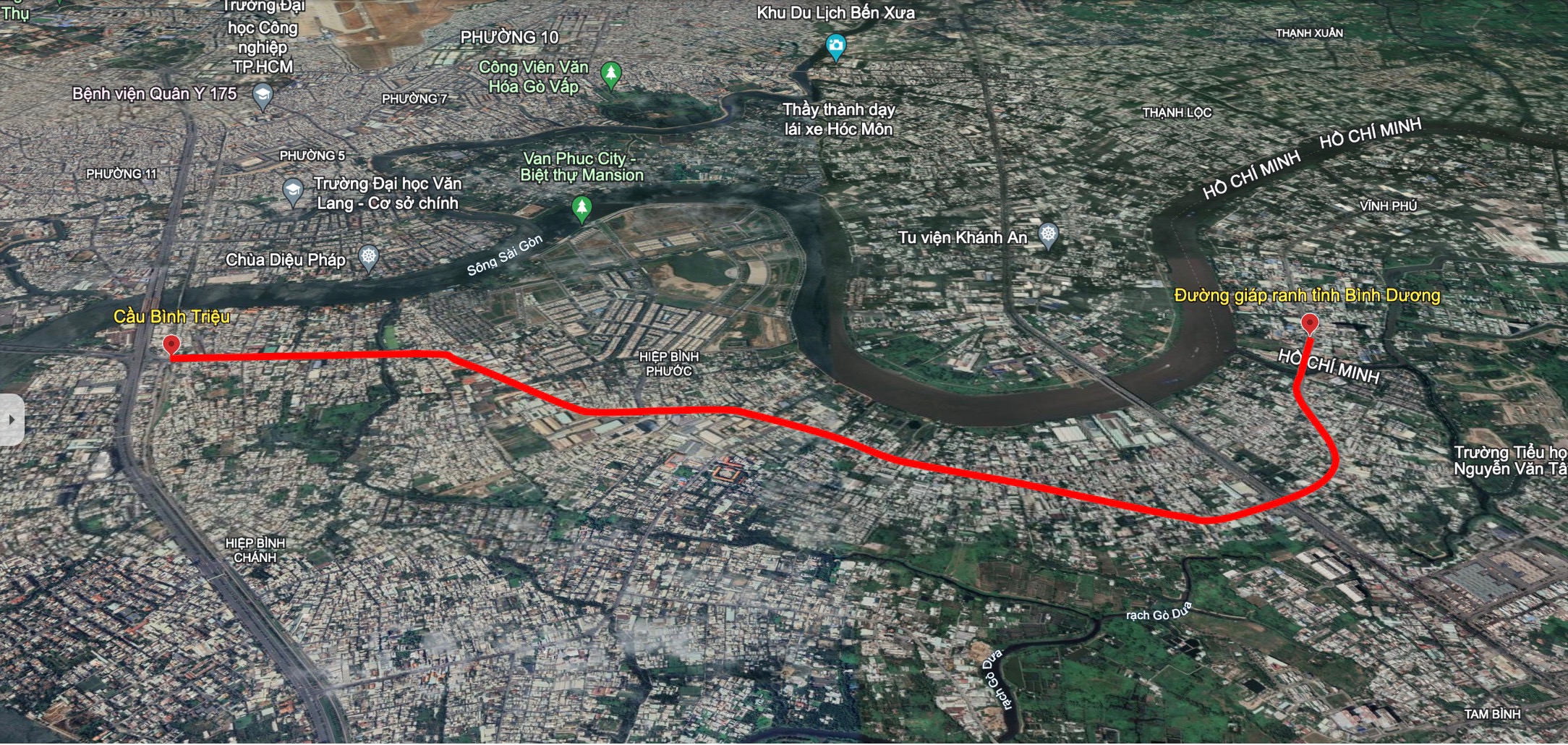
National Highway 13 is a vital transportation artery connecting Ho Chi Minh City to Binh Duong Province and its surrounding areas. The expansion and upgrade project for National Highway 13, spanning a length of nearly 6 kilometers, commences at Binh Trieu Bridge and extends up to the boundary with Binh Duong Province. This undertaking carries a substantial price tag of nearly VND 14 trillion (approximately VND 2.3 trillion per kilometer). Land clearance expenses account for a significant portion of the total investment, amounting to VND 9.4 trillion.
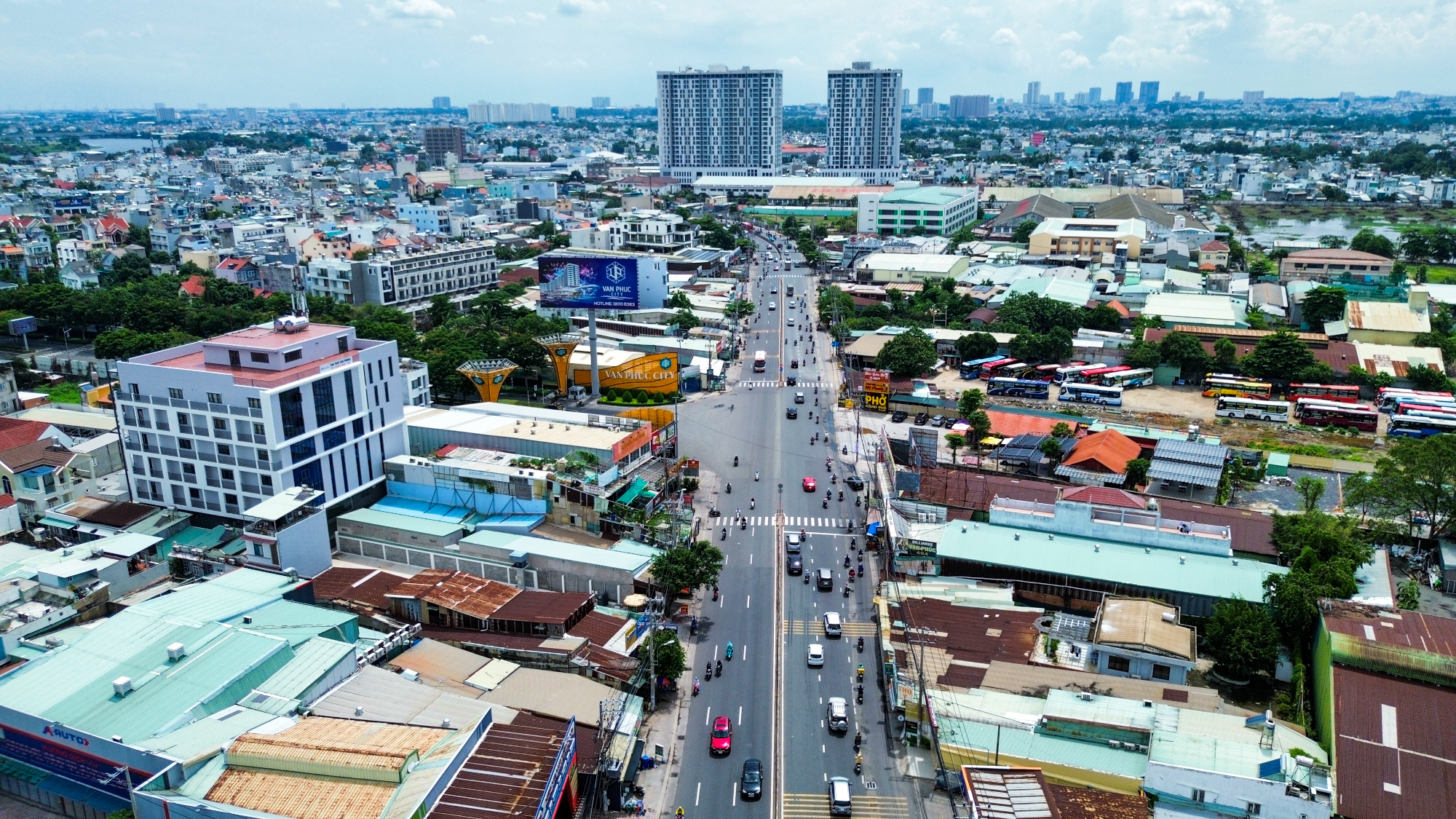
Presently, National Highway 13’s road width varies between 18 and 24 meters. Being a crucial transportation route, the highway experiences a high volume of vehicular traffic. However, the existing infrastructure fails to meet the demands of this busy corridor. Thus, the expansion and upgrade of National Highway 13 are essential and long overdue.
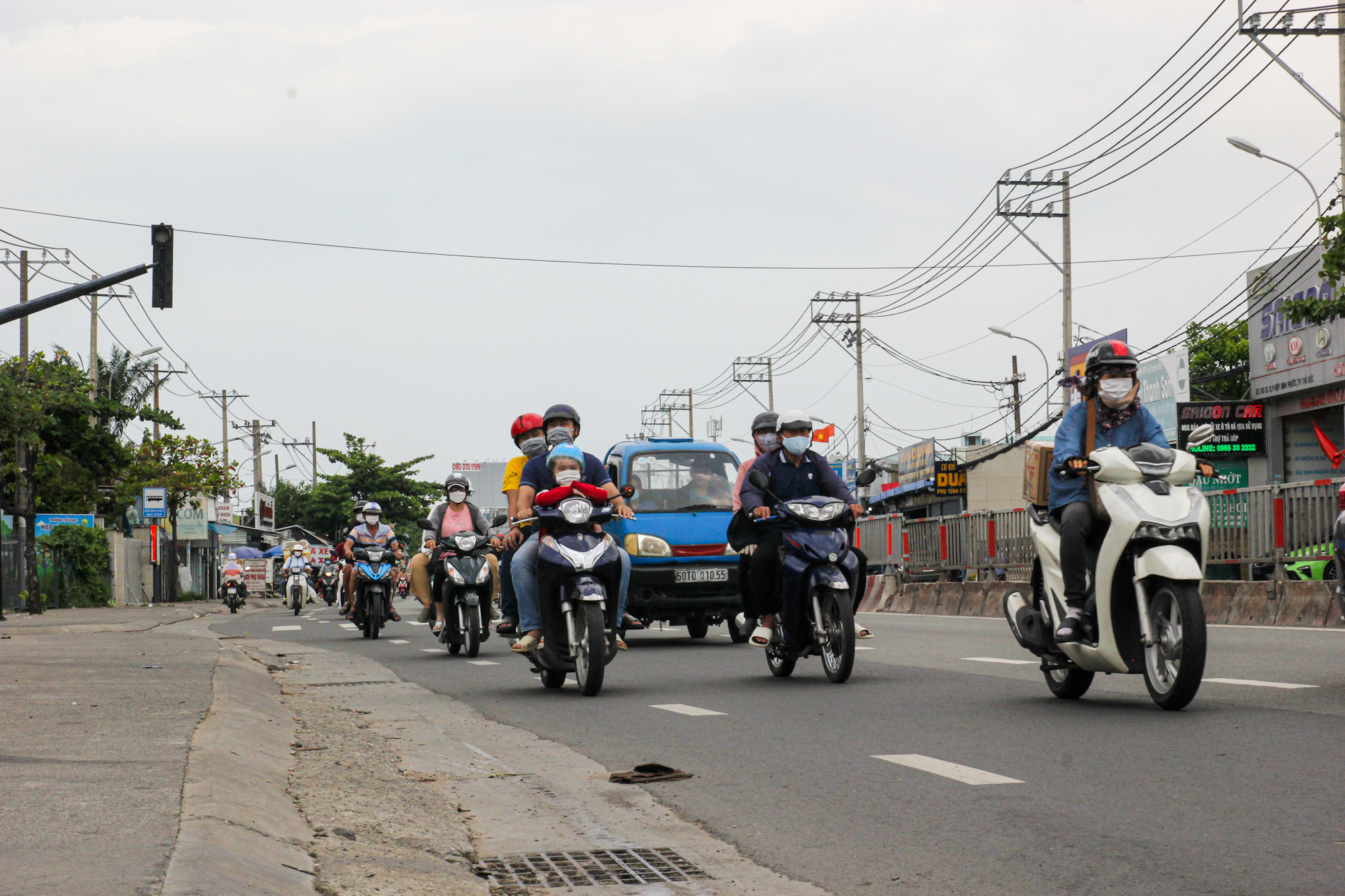
The current state of the road leaves much to be desired, with sections suffering from deterioration, uneven surfaces, and patchwork repairs. In some areas, traffic signs and drainage systems are either insufficient or fail to meet standards, heightening the risks of flooding and road accidents. Furthermore, dedicated lanes for motorbikes and pedestrians are lacking. Fortunately, these issues are set to be addressed with the expansion of the highway to a width of 53-60 meters, accommodating eight lanes. The completion of this phase is anticipated in the 2025-2028 period.
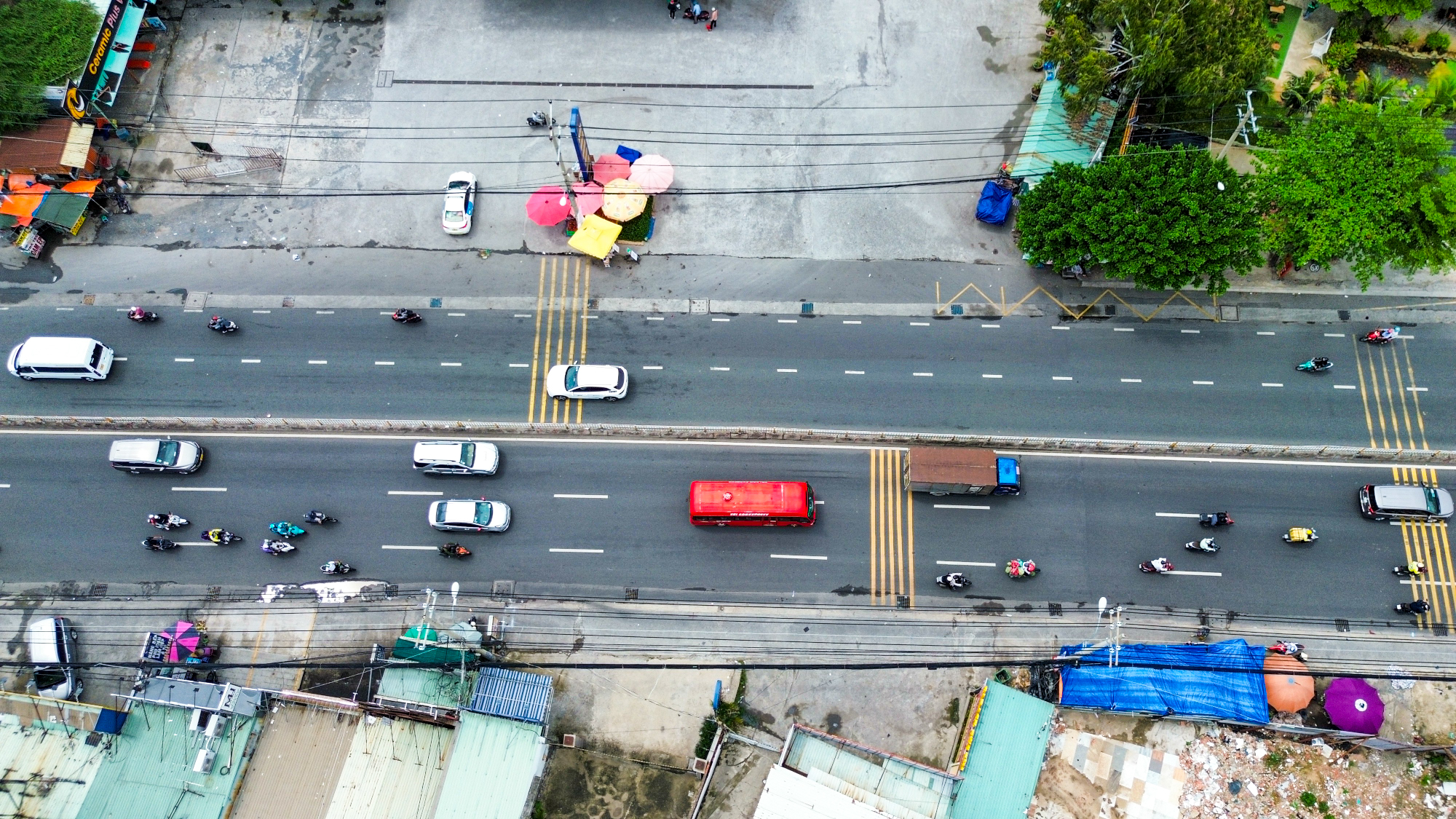
This project is one of five initiatives aimed at expanding and upgrading existing roads in Ho Chi Minh City through the Build-Operate-Transfer (BOT) model. The other four projects encompass the expansion of National Highway 1 (from An Lac to the border of Long An Province), National Highway 22 (from An Suong Intersection to Ring Road 3), the North-South Axis (from Nguyen Van Linh Street to Ben Luc – Long Thanh Expressway), and the Binh Tien Bridge and Road (from Pham Van Chi Street to Nguyen Van Linh Street).
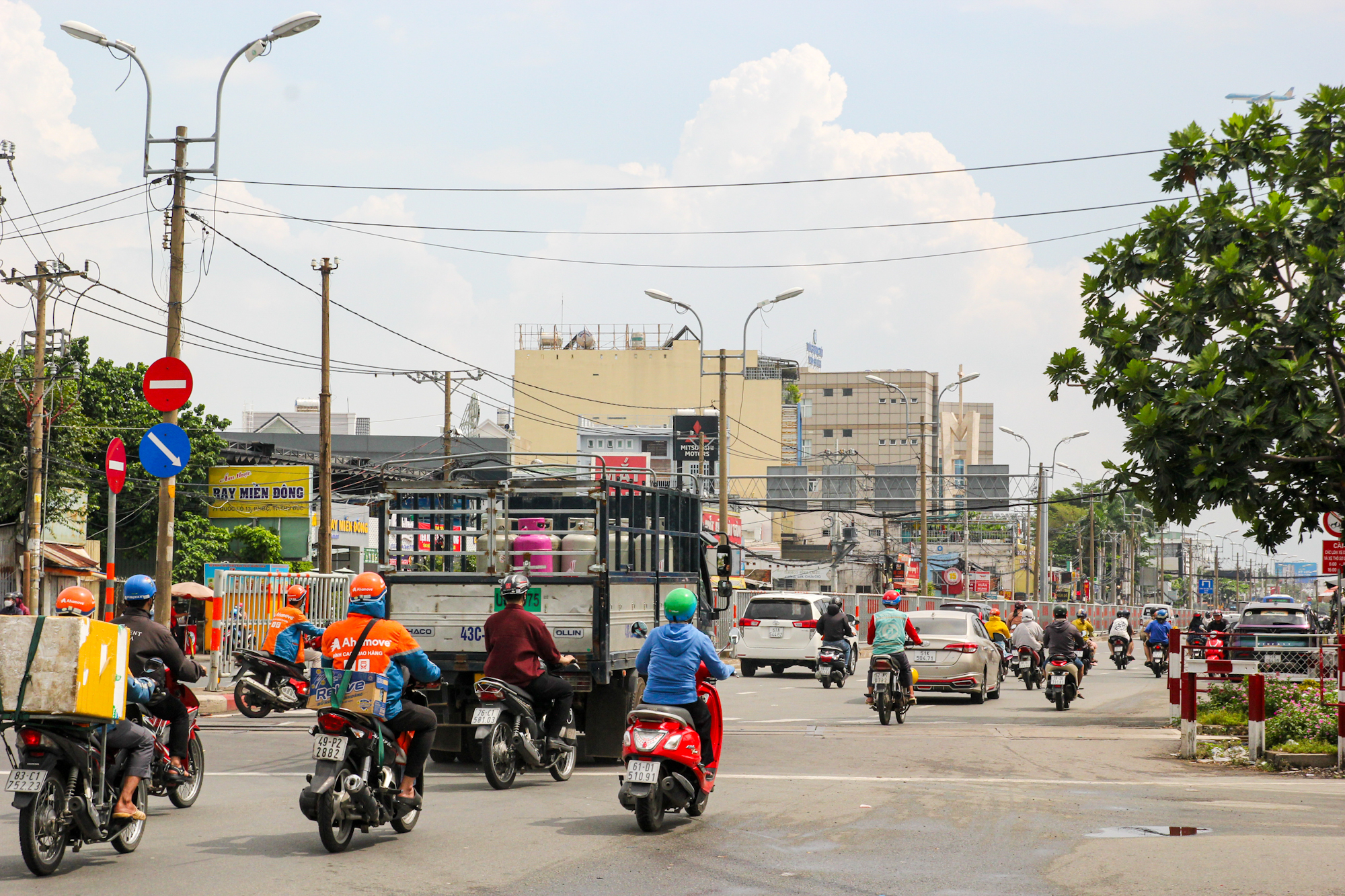
The BOT model is a collaborative effort between the government and private enterprises. In this arrangement, the government takes responsibility for planning, land clearance, and legal support, while private companies contribute capital and engage in construction activities. This model has proven to be effective and popular, enabling the mobilization of social resources and accelerating the progress of infrastructure projects.
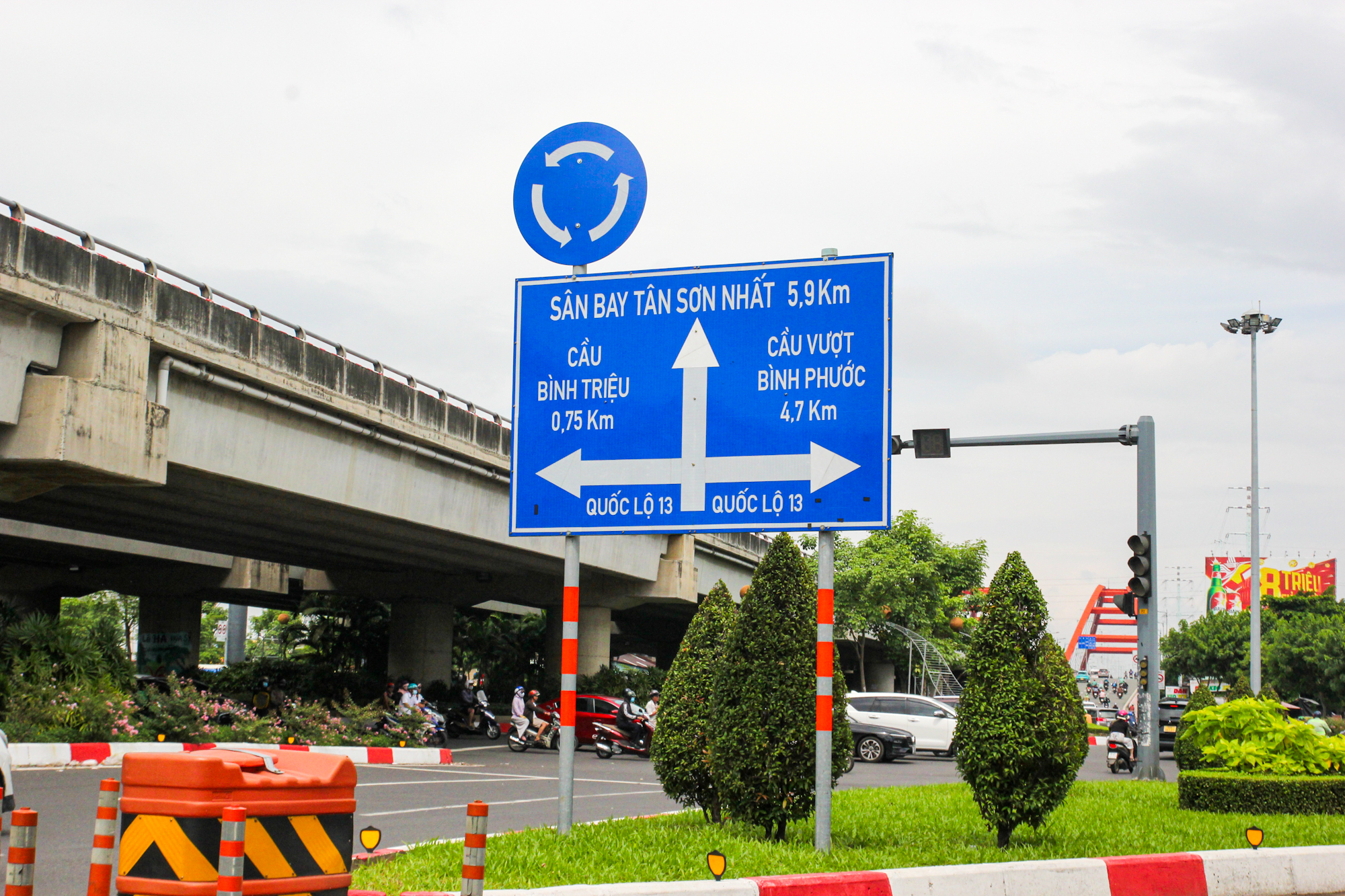
It is worth noting that the section of National Highway 13, stretching from Binh Trieu Bridge to Binh Phuoc Overpass, was initially part of the Binh Trieu 2 Bridge project, which dates back to 2001 and was planned to be implemented through the BOT model. However, the project could not be realized due to the termination of the BOT contract for roads already in use.
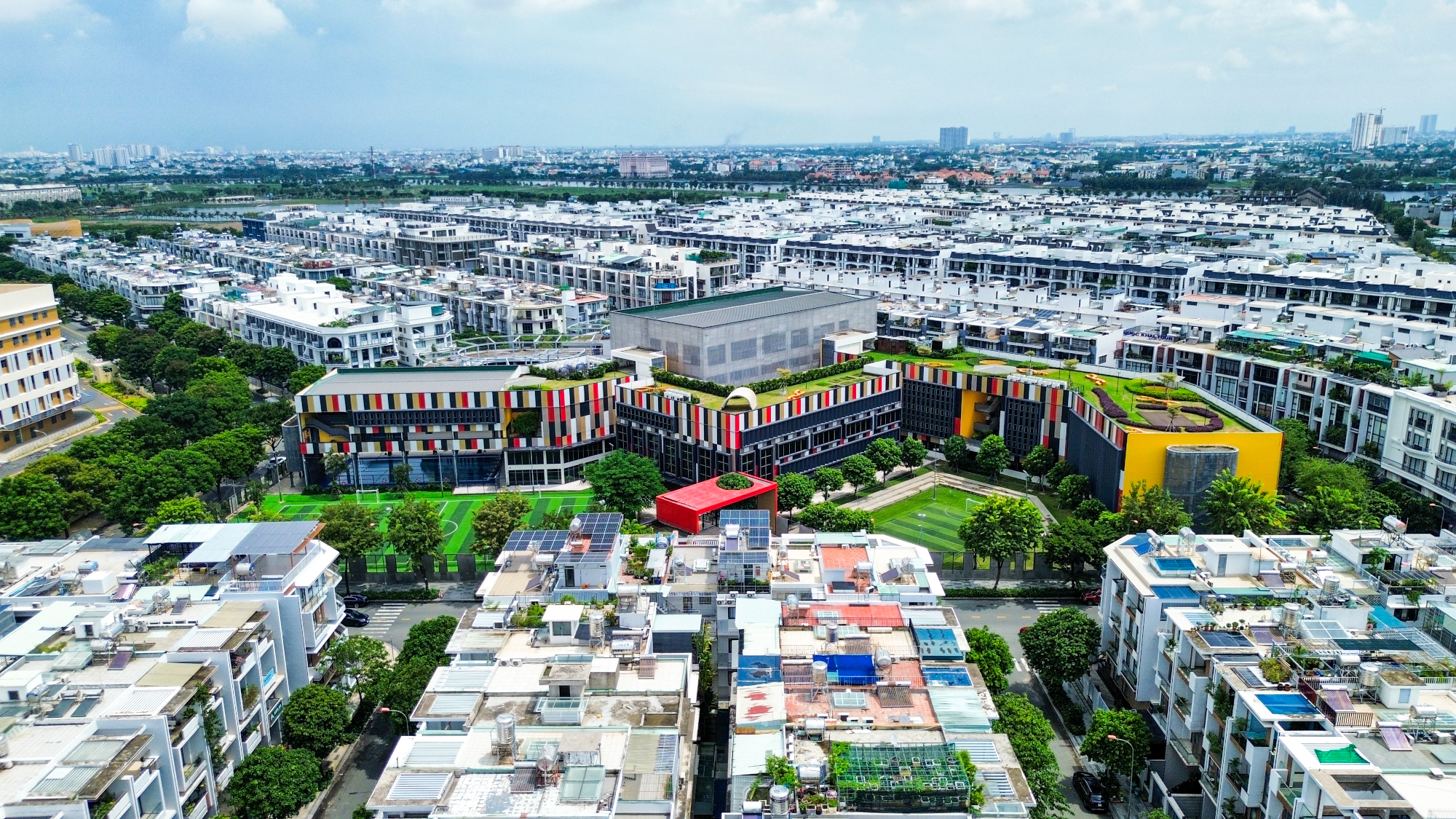
The expansion of the highway will have a positive impact on real estate projects located along the main corridor of National Highway 13. Improved connectivity will benefit residents by reducing travel time to other areas. Additionally, businesses and services will thrive due to enhanced accessibility for goods transportation and market reach.
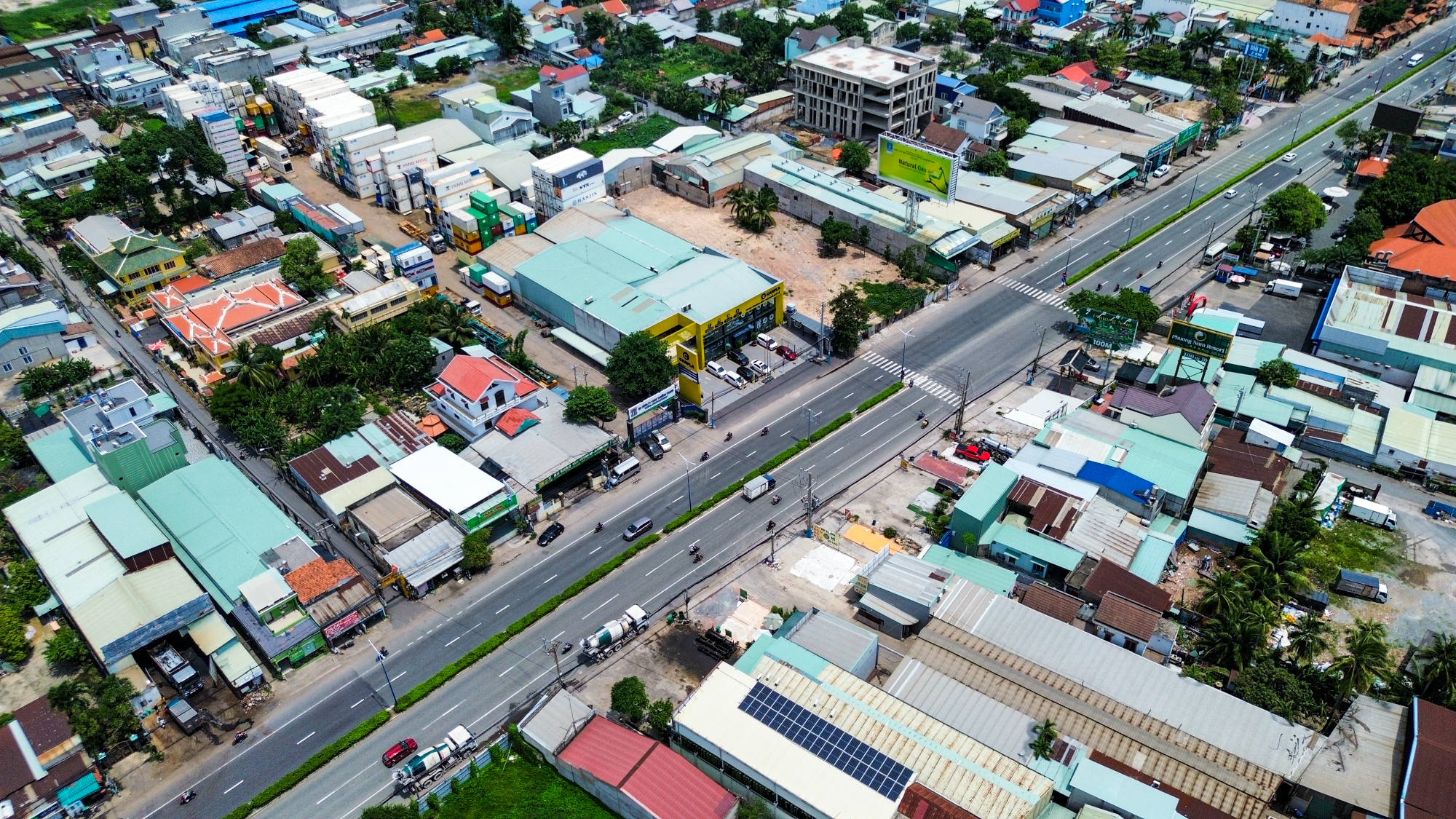
The completion of this project will bring about significant benefits, including smoother traffic flow, enhanced safety for road users, improved infrastructure, and increased economic value for the region. This will not only alleviate traffic congestion and accidents but also foster economic and social development in the surrounding areas.
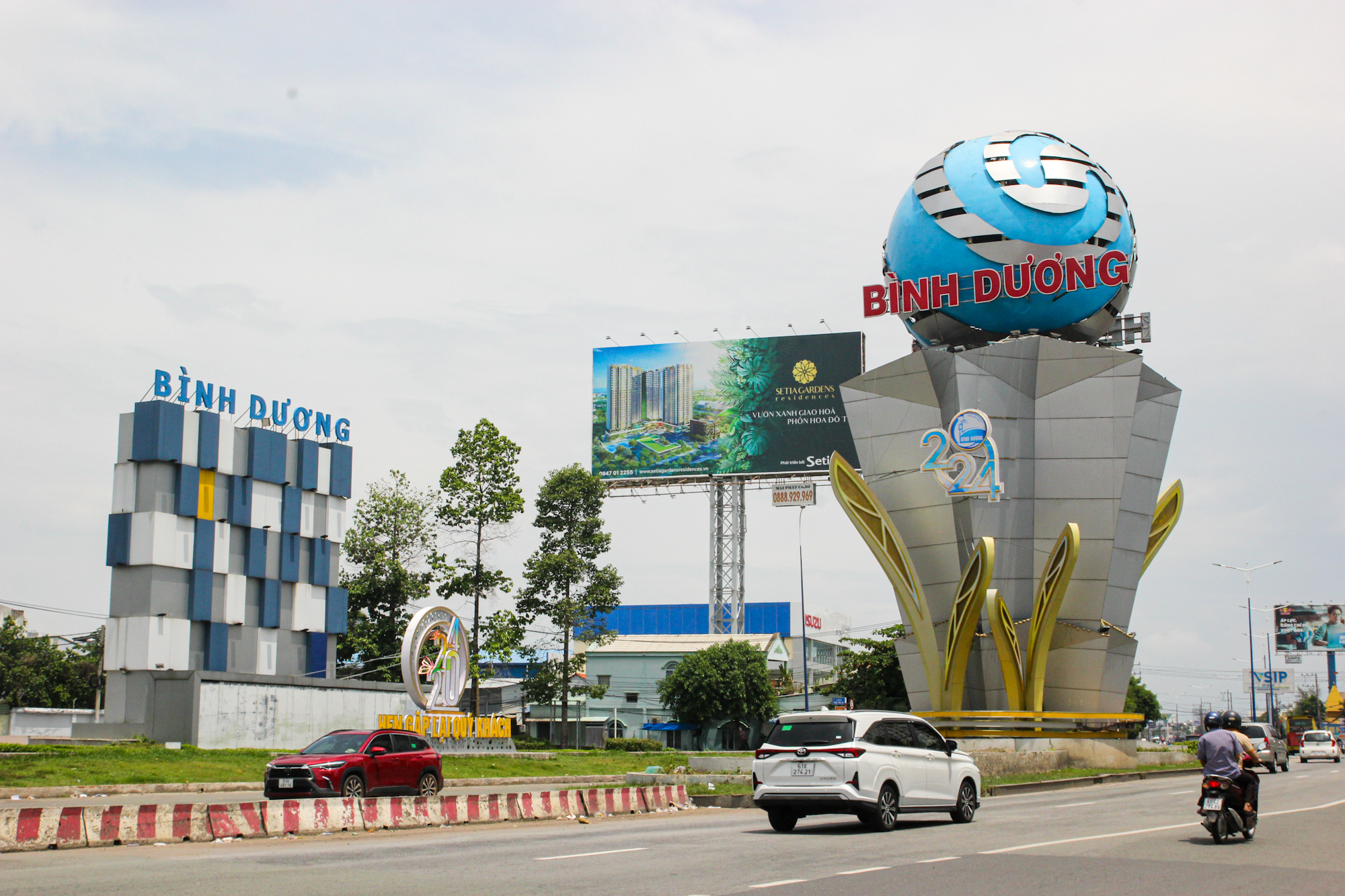
While a portion of National Highway 13 awaits upgrade, the section from Vinh Binh Bridge to Le Hong Phong Intersection in Binh Duong Province, spanning 14 kilometers, has already been expanded to eight lanes (53-60 meters). This stretch boasts modern infrastructure, including roads, overpasses, underpasses, lighting, comprehensive traffic signage, and an efficient drainage system. Dedicated lanes for motorbikes and pedestrians ensure smooth traffic flow and help alleviate congestion, even during peak hours.
Comprehensive regional connectivity
In addition to building strong physical infrastructure, Ho Chi Minh City needs to strengthen its soft connections with other provinces in the region in order to promote economic development. This includes prioritizing the training of skilled workforce and ensuring access to quality healthcare.
Emotional Kieu people when admiring Ho Chi Minh City from Metro Line 1
Ho Chi Minh City has undergone a remarkable transformation since the day I left. It now boasts a completely different appearance, exuding a fresh and vibrant energy. This sentiment was captured by Mr. Nguyen Duong Nam Phuong, a Vietnamese American, who was amazed by the city’s newfound liveliness.


